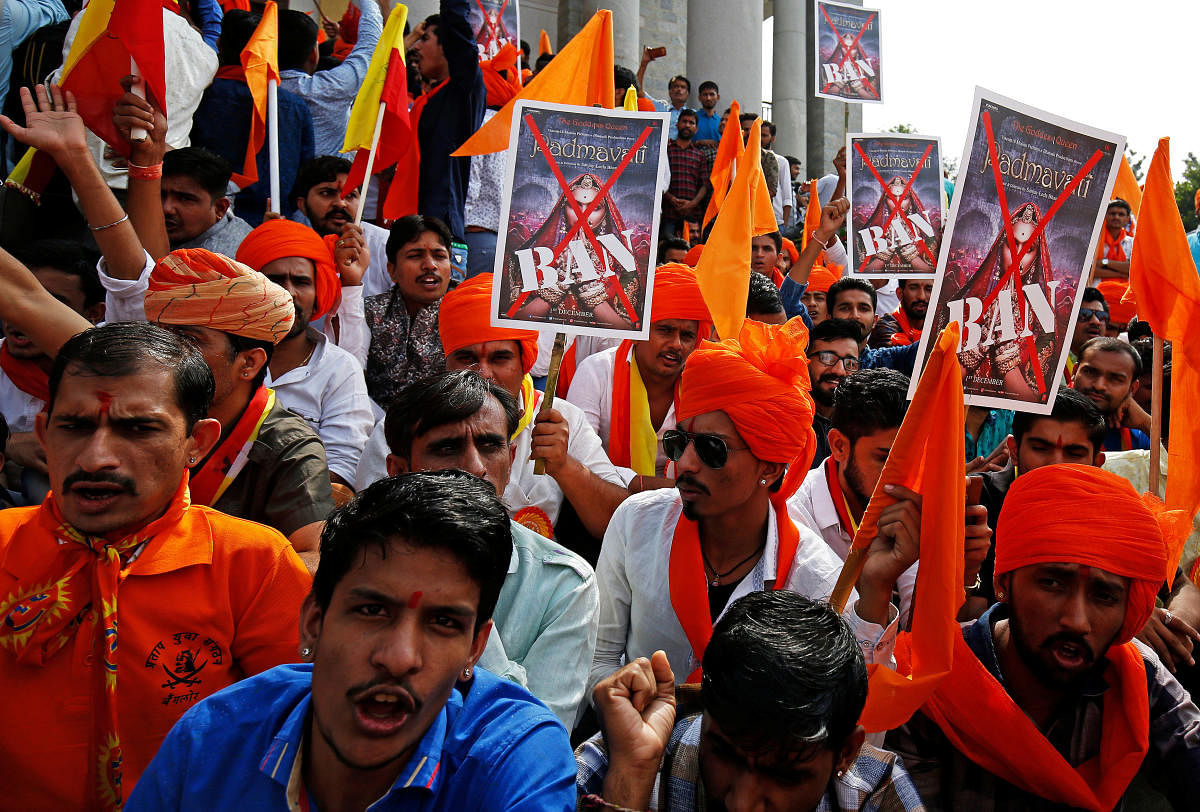
The Supreme Court has in the past strongly disapproved of violent protests on the streets, the inconvenience they cause to the public and the damage that they cause to public and private property. A three-judge bench of the court has reiterated its disapproval and issued guidelines to governments on how to deal with them. They should also guide lower courts and other authorities who have to handle such situations. The court’s ruling was in response to a PIL filed by a film society at the time of the release of the film Padmavat last year when some Rajput organisations resorted to vandalism in protest against the depiction of queen Padmavati in the film. There have been many other unnecessary and unjustifiable cases of protests, too, on various other issues, which led to violence and vandalism. Their frequency and intensity have increased, and the public have been helpless victims of this trend.
The court has ordered that those who have “initiated, promoted or instigated” violent acts causing damage to property shall be liable to compensate the victims. The idea that victims should be compensated for their loss and damage is welcome. It has also directed that those who are held responsible for violence should be granted bail only if they deposit the quantum of the loss caused by it. The court wants state governments to set up rapid action teams to counter acts of mob violence, and they should be stationed near vulnerable institutions and other likely targets of attack in times of trouble. Helplines should be set up to enable targeted persons or institutions to contact the authorities quickly. These directives supplement the guidelines the court had earlier issued in order to deal with mob violence, as in the case of lynching.
The guidelines are intended to deter those who resort to vandalism and hooliganism in the name of public protests and to make those who indulge in such criminal acts pay for them. But the key question is whether they will be effectively implemented. Those who should implement them are the same as those who are behind such violence. There is hardly any public protest that has no political instigation and involvement behind it. Law enforcement authorities are under political control and so they often remain spectators to violence without being able to check it. In a 2009 judgement also, the court had issued similar directions to deal with violence during public protests. It has again reminded the state of its responsibility to protect citizens against illegal acts. But any number of guidelines will not be effective if there is no will to implement them.